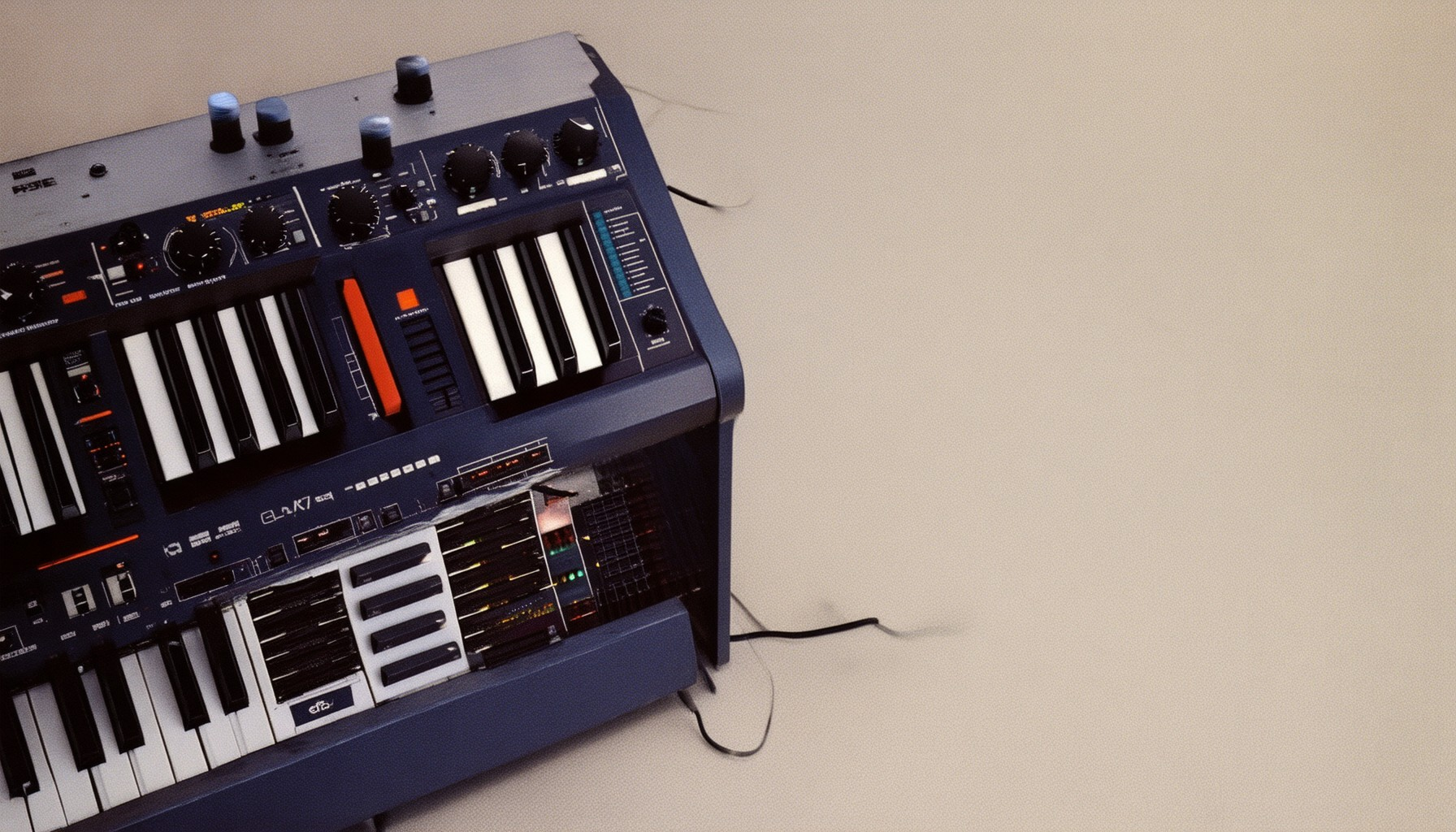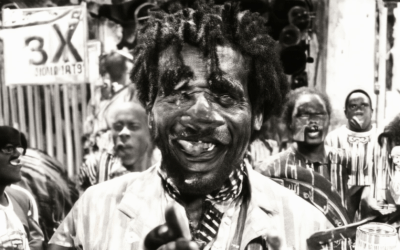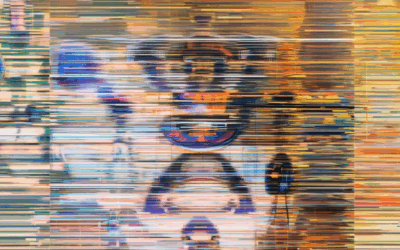The evolution of modern jazz fusion owes much to the innovative spirit of electric keyboard pioneers who redefined musical boundaries in the late 20th century. By blending improvisational jazz with rock influences, these trailblazers created a groundbreaking sound that continues to shape contemporary music. From the early experiments of Miles Davis to the visionary work of John McLaughlin, the journey of jazz fusion is a testament to artistic courage and the endless pursuit of musical excellence. This article delves into the origins of jazz fusion, highlighting the key figures and their contributions, while exploring the challenges and controversies that accompanied this transformative movement in music history.
Key Takeaways
– Miles Davis pioneered cool jazz, modal jazz, and fusion, revolutionizing 20th-century music with his innovative compositions and improvisations.
– Cool jazz emerged in the late 1950s and 1960s, characterized by relaxed tempos, intricate harmonies, and experimental techniques, shaped by artists like Dave Brubeck, John Coltrane, Thelonious Monk, Charles Mingus, Ornette Coleman, Herbie Hancock, and Bill Evans.
– Modal jazz, emphasizing musical modes over traditional chords, was notably advanced by Miles Davis and later expanded upon by other influential figures.
– The concept of jazz fusion, blending jazz with rock, funk, and classical elements, was pioneered by Miles Davis in the 1970s, setting the stage for modern jazz fusion.
– Gunther Schuller coined the term “third stream” in 1957 to describe the fusion of jazz and classical music, laying the groundwork for cross-genre influences.

Who Pioneered Jazz Fusion?
Jazz fusion emerged in the late 1960s and early 1970s, blending jazz with elements of rock, funk, and even classical music. Among the most prominent pioneers was Miles Davis , whose 1969 album Bitches Brew is widely regarded as a foundational work in the genre. Davis fused traditional jazz improvisation with a more contemporary, accessible sound that incorporated elements of popular music.
Other key figures in the development of jazz fusion include:
- John McLaughlin and his band Mahavishnu Orchestra , known for pushing musical boundaries and incorporating classical influences.
- Herbie Hancock , who after leaving Miles Davis, explored electronic instruments and funk beats, contributing significantly to the fusion movement through albums like *Maiden Voyage* (1970).
- Chick Corea , a virtuoso pianist who co-founded Return to Forever and blended jazz with Latin and rock influences, becoming a major force in fusion during the 1970s.
- Weather Report , formed by Corea, McLaughlin, and others, became synonymous with the jazz fusion genre through albums like *Weather Report* (1971) and *Heavy Metal (Beasts of Commerce) (1976).
These musicians collectively expanded the possibilities of jazz, creating a genre that continues to influence artists across various musical landscapes today.
Why Was Jazz Fusion Controversial?
Jazz fusion, a genre that blends jazz with elements from rock, funk, and other musical styles, has been a subject of debate among music enthusiasts. While many view it as a creative evolution of jazz, others criticize it for moving away from traditional jazz principles.
Breaking Traditional Boundaries
One of the primary reasons for the controversy is how jazz fusion challenges conventional structures. Traditional jazz often relies on improvisation within a fixed harmonic framework, while fusion artists like Miles Davis and John McLaughlin pushed boundaries, incorporating elements from rock and progressive music. This departure from established norms upset some purists who believed jazz should stick to its core elements.
Influence from Other Genres
Jazz fusion’s integration of rock, funk, and even classical influences has drawn criticism from those who feel it dilutes the essence of jazz. Critics argue that the genre prioritizes stylistic experimentation over the mastery of fundamental jazz techniques, leading to a loss of authenticity.
Technical Demands
The musicians involved in jazz fusion often faced high technical demands. Playing fusion requires a deep understanding of multiple genres, making it difficult for some to grasp and execute effectively. This complexity has been a point of contention, with some accusing fusion artists of prioritizing virtuosity over meaningful expression.
Industry Influence
The music industry’s role in shaping fusion’s trajectory has also contributed to the controversy. Labels often pressured artists to adopt more mainstream styles to achieve commercial success, further alienating traditionalists who viewed fusion as a sellout.
Balancing Innovation and Tradition
While critics may dismiss fusion as too experimental, supporters argue it represents a natural evolution of jazz. By embracing diverse influences, fusion allowed artists to explore new creative territories, inspiring both followers and detractors.
Cultural Impact
Despite the backlash, jazz fusion left an indelible mark on music history. It influenced genres like hip-hop and world music, proving that blending different styles can lead to groundbreaking artistry. Many modern musicians credit fusion as a wellspring of innovation.
A Conclusion
Jazz fusion’s controversy stems from its ability to challenge traditional notions of jazz while incorporating outside influences. While some view it as a betrayal of jazz’s roots, others see it as a bold step forward, expanding the possibilities of music.

Joe Zawinul’s Passing and Legacy
Joe Zawinul, the renowned jazz fusion musician and co-founder of Weather Report, passed away on September 11, 2007, at the age of 67 due to complications from Merkel cell carcinoma.
His Career and Influence
Zawinul was a pioneer in the genre of jazz fusion, blending elements of rock, funk, and classical music. His groundbreaking work with Weather Report, including albums like Tales of the New West , left an indelible mark on modern music. His innovative approach to composition and improvisation inspired countless musicians, earning him widespread acclaim and numerous accolades, including being named a National Endowment for the Arts Jazz Master in 2006.
Personal Life and Legacy
Zawinul’s contributions extended beyond his music career; he was also a dedicated educator, teaching at the University of California, Los Angeles. His legacy continues to influence artists and fans worldwide, as his unique sound and vision remain timeless.
Discography and Further Reading
For those interested in delving deeper into Zawinul’s work, his discography is extensive, featuring iconic albums that define the jazz fusion genre. Explore his complete body of work through this link . To learn more about his life and career, visit his official biography website .

Who Pioneered Cool Jazz, Modal Jazz, and Fusion?
Miles Davis is widely recognized as the pioneer of cool jazz, modal jazz, and fusion. Born on May 26, 1926, Davis emerged as a groundbreaking figure in 20th-century music, leaving an indelible mark on the jazz landscape. His innovative approach to composition and improvisation laid the foundation for these distinct styles.
Cool jazz, characterized by its relaxed tempo and intricate harmonies, began to take shape in the late 1940s and 1950s. Davis, alongside artists like John Coltrane and Dave Brubeck, explored this genre. Modal jazz, which emphasizes the use of musical modes rather than traditional chords, was further developed by Davis and his ensemble. This approach is exemplified in albums like “Kind of Blue,” which features the iconic track “Flamenco Sketches.”
Moving beyond traditional jazz, Davis ventured into fusion, a genre that blends jazz with elements of rock, funk, and even classical music. His 1970s albums, such as “A Tribute to Jack Johnson,” showcase this fusion, collaborating with musicians like Wayne Shorter and Herbie Hancock. These works demonstrate his ability to innovate and integrate diverse styles, making him a trailblazer in the evolution of jazz.
Through his relentless experimentation and willingness to explore new sounds, Miles Davis not only defined cool jazz and modal jazz but also paved the way for the development of jazz fusion, influencing generations of musicians and listeners alike.
Who Were the Pioneers of Cool Jazz?
Cool jazz emerged in the late 1950s and 1960s, characterized by its relaxed tempos, intricate harmonies, and experimental spirit. Several musicians laid the foundation for this genre, blending elements of bebop, modal improvisation, and avant-garde techniques.
- Miles Davis – Often regarded as the primary architect of cool jazz, Davis popularized the genre through albums like Kind of Blue (1959), which featured minimalist compositions and a more reflective approach to improvisation. His work with artists like John Coltrane and Dave Brubeck further defined the sound.
- Dave Brubeck – Known for his groundbreaking album Take Five (1961), Brubeck’s innovative use of time signatures and unconventional chord progressions influenced many cool jazz musicians. His collaborations with Joe Henderson and Paul Desmond were pivotal.
- John Coltrane – While primarily associated with hard bop, Coltrane’s exploration of modal jazz and spiritual themes in works like A Love Supreme (1964) deeply influenced cool jazz. His ability to weave intricate melodies and harmonies set a new standard.
- Thelonious Monk – As a composer and pianist, Monk’s unique harmonic vision and angular melodies were central to cool jazz. Albums like Monk’s Mood (1960) showcased his ability to redefine traditional jazz structures.
- Charles Mingus – A versatile musician, Mingus composed and performed as a bassist, creating complex arrangements that blended jazz with elements of classical and folk music. His album The Black Saint and the Sinner Lady (1963) exemplifies his innovative approach.
- Ornette Coleman – Although often associated with the avant-garde, Coleman’s work with his quartet in the early 60s laid groundwork for cool jazz by emphasizing collective improvisation and a more open-ended aesthetic.
- Herbie Hancock – While more prominent in the 70s fusion movement, Hancock’s early work with Donald Byrd and the Contemporary Jazz Quartet showed promise and influence on the cool jazz scene.
- Bill Evans – Known for his lyrical piano playing, Evans contributed significantly to cool jazz through albums like Waltz for Debby (1961), blending jazz with elements of pop and classical music.
These pioneers collectively reshaped the jazz landscape, introducing new sounds and approaches that continue to inspire musicians today. Their contributions defined the essence of cool jazz, making them true legends of the genre.

Who Coined the Term for Fusion of Jazz and Classical Music?
The term “third stream” for the fusion of jazz and classical music was coined in 1957 by composer Gunther Schuller during a lecture at Brandeis University.





0 Comments